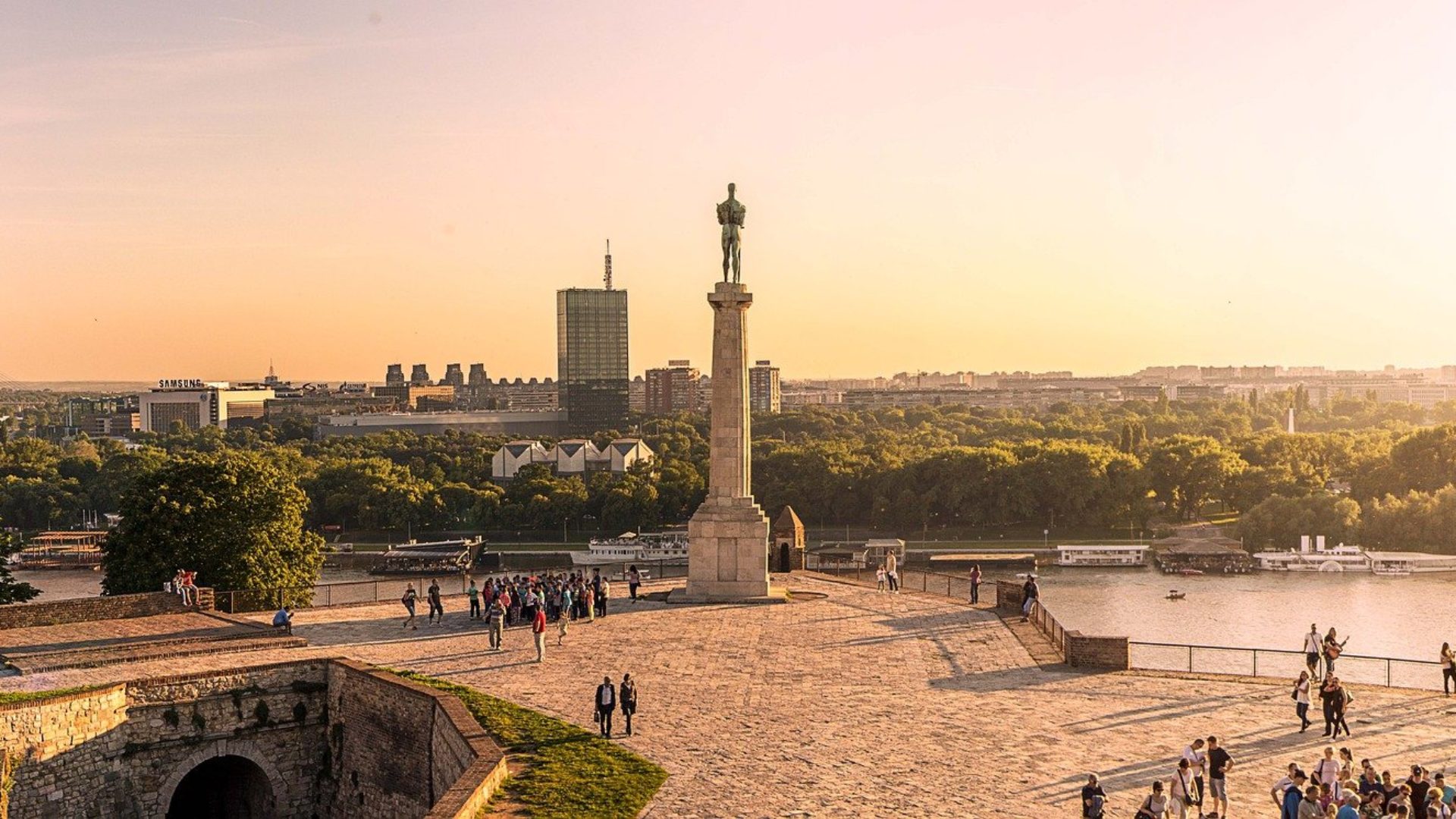That’s it – you’re finally visiting, Serbia, you booked your trip, and now you’re wondering how you can spend your days in the lively capital of Serbia, Belgrade? Don’t worry! We’re here to show you the ropes. This article will cover all the most popular tourist attractions in Belgrade, as well as some hidden gems only locals know about.
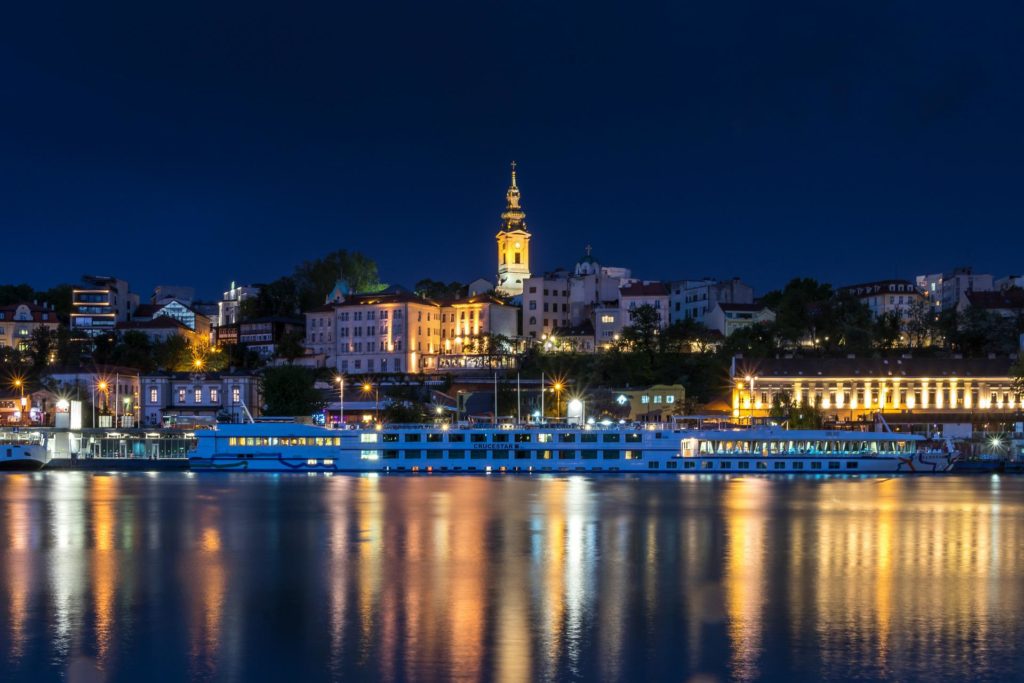
Let’s find out more about the best things to do in Belgrade!
Belgrade Fortress
Opening up our list of the top places to visit in Belgrade is an absolute must-visit spot in Belgrade – the Kalemegdan Fortress.
It’s located in the city center, at the end of the Knez Mihailova (main) street, and it sits right next to the confluence of the Danube and Sava rivers. We don’t have to tell you that the views from the fortress’s walls are gorgeous!
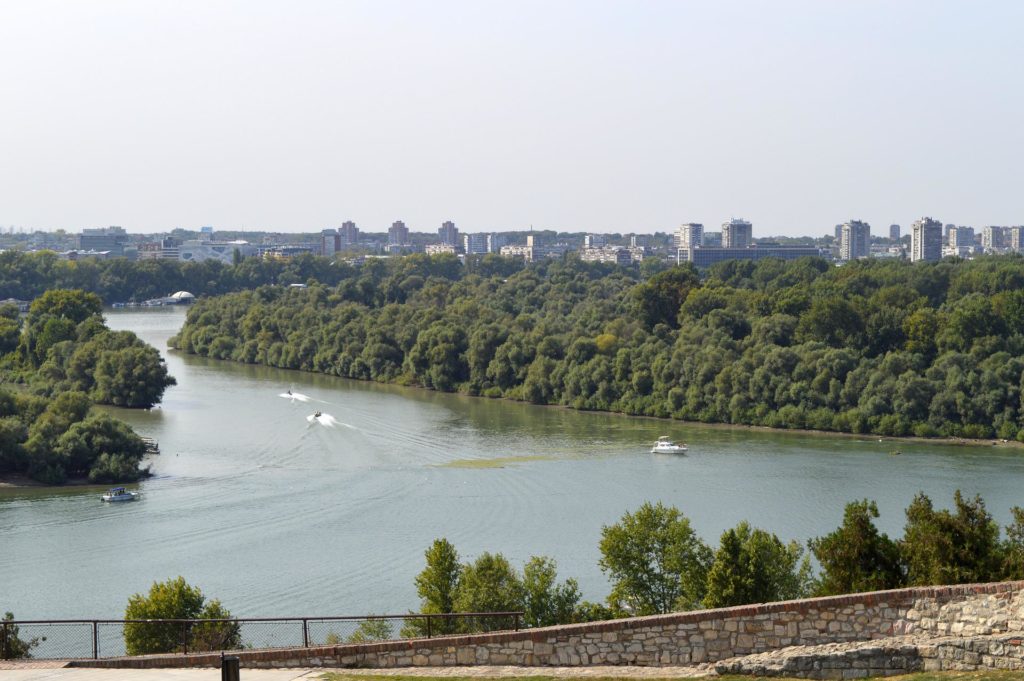
Thanks to its secludedness and gorgeous views, Kalemegdan is a popular date place for locals. Many of us have had our first kisses right here on the walls of the fortress.
Kalemegdan was first built in 279 BC, and since then it was destroyed and rebuilt many, many times. While you explore its beautiful corners, you’ll be able to see the remains of different eras.
Kalemegdan fortress is the perfect attraction to visit in Belgrade because it’s open 24/7, and the entrance is free. During the summer months, there are often things happening, such as free music, dance lessons, food festivals and markets, and more.
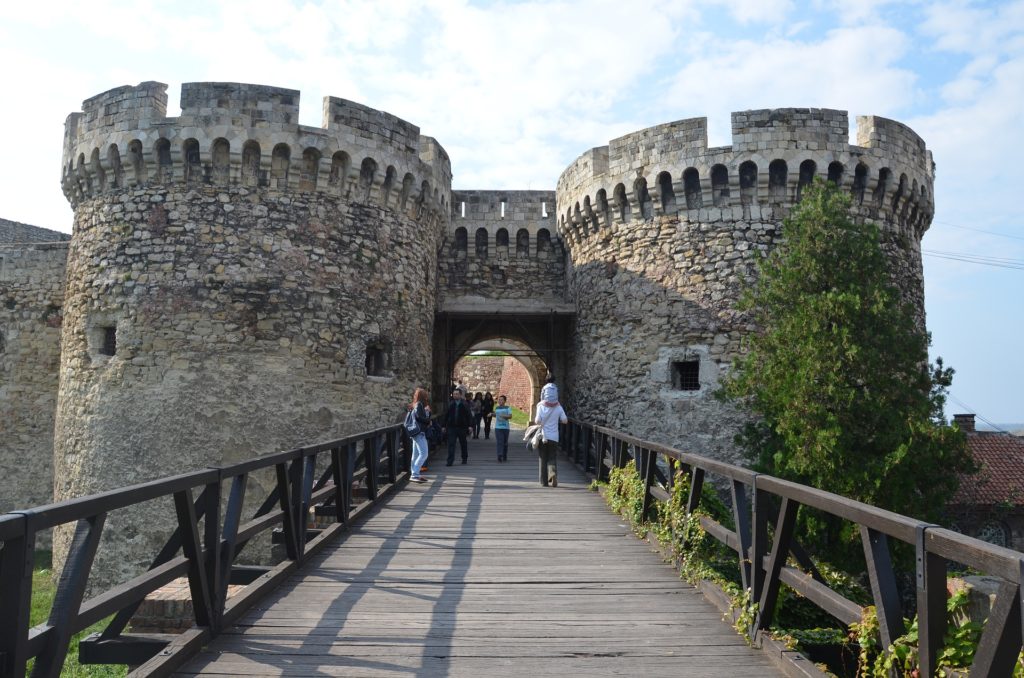
If you want to find out more about the famous Kalemegdan fortress and what you can see there, hop over to our next article -> top things to do in Kalemegdan Fortress.
Knez Mihailova Street
Knez Mihailova Street is Belgrade’s main street and the busiest pedestrian zone. It has cozy cafes, Serbian restaurants, shops, street art, and more.
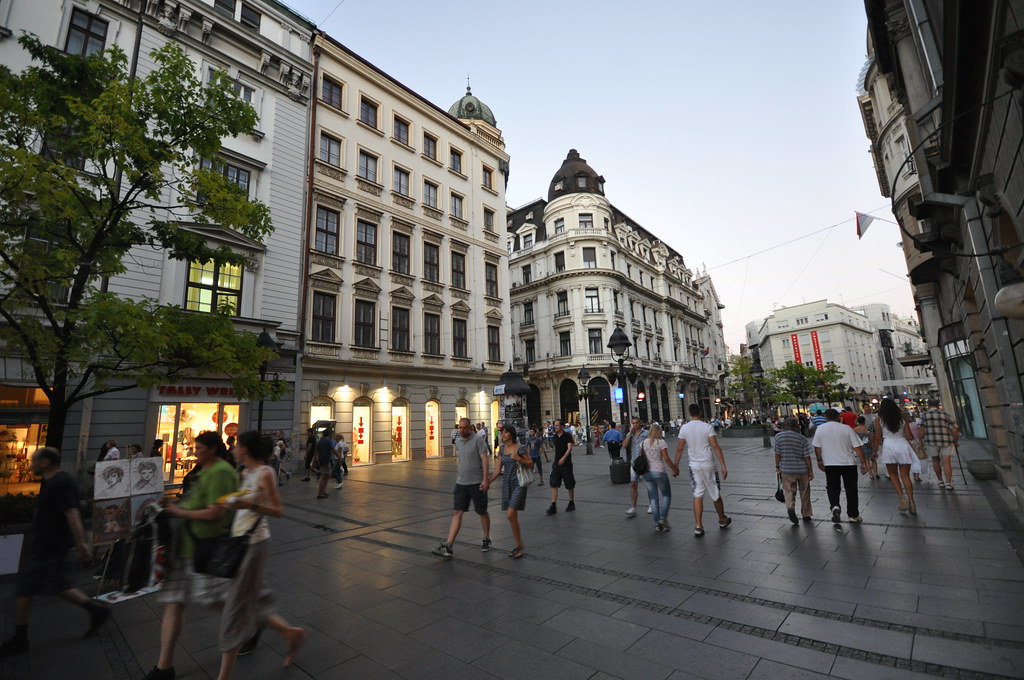
When in Rome, do as the Romans do. When in Belgrade, experience the coffee culture! Take your friends to one of the cafes on the main street, sit down for a 2-hour chat, and people-watch. We love our friends, and we love our coffee, and nothing will ever beat chit-chat chillout with them during our working hours!
If you prefer to be on the go, we have some great news for you. Knez Mihailova Street is full of attractions, and there are many places you can visit here, such as National Museum and the National Theatre. And we already mentioned that the Kalemegdan Fortress is right at the end of the street. What more could you ask for?
Skadarlija
Skadarlija is a small bohemian neighborhood near the city center of Belgrade, located around Skadarska Street. This lovely street is Belgrade’s Montmartre. Dotted with cobblestones, restaurants with live music, and cute shops, Skadarlija is gorgeous and very photogenic.
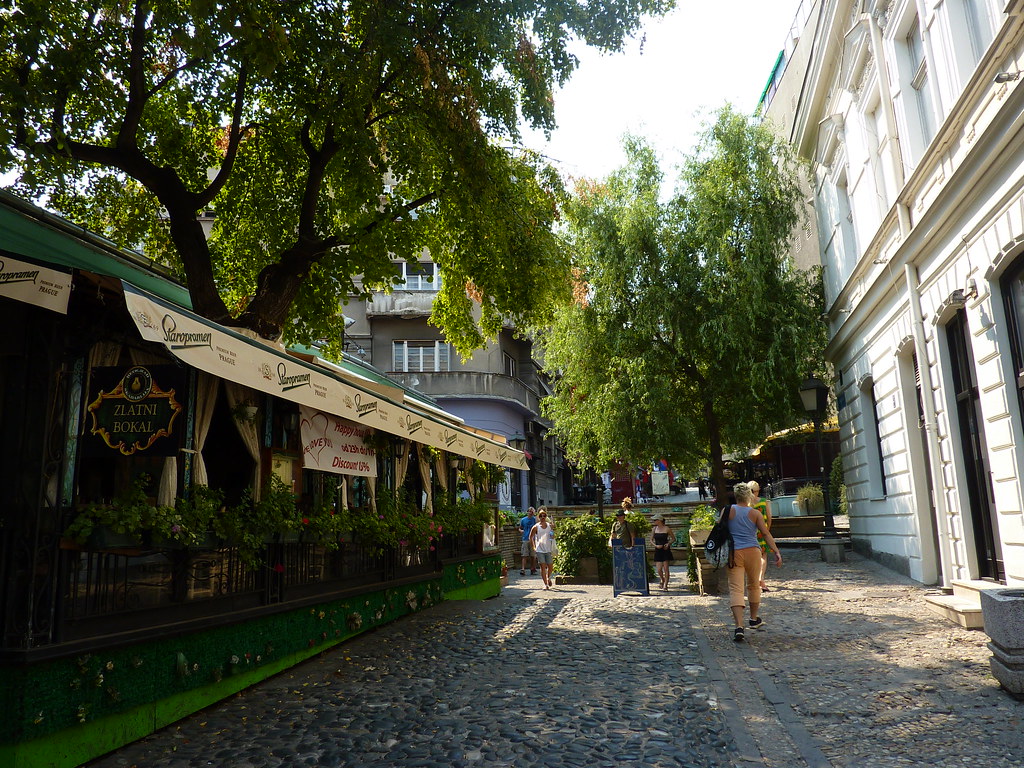
You can walk through Skadarlija and enjoy the views, but if you want the real Serbian experience, you should visit kafana. Kafana is a mix of a restaurant, coffee house, and sometimes a party place.
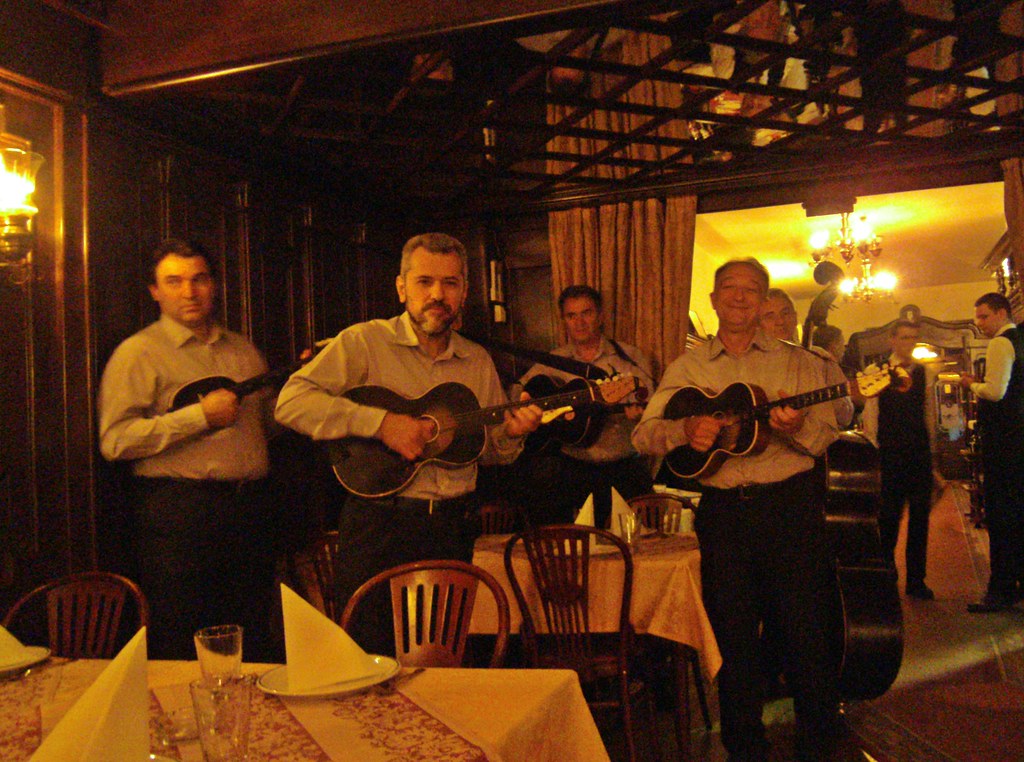
Hanging out in kafanas is what we do – you can stop by and grab a beer or a coffee with a friend, eat traditional Serbian food for lunch, or visit in the evening and enjoy the live music played by tamburaši. This is the heart of Belgrade’s social life right here!
National Museum of Serbia
National Museum is located on Republic Square, one detour away from Knez Mihailova Street. After years of renovations, it was recently reopened. What can you learn about here? Serbian art and history from the Paleolithic era up until the end of the twentieth century.
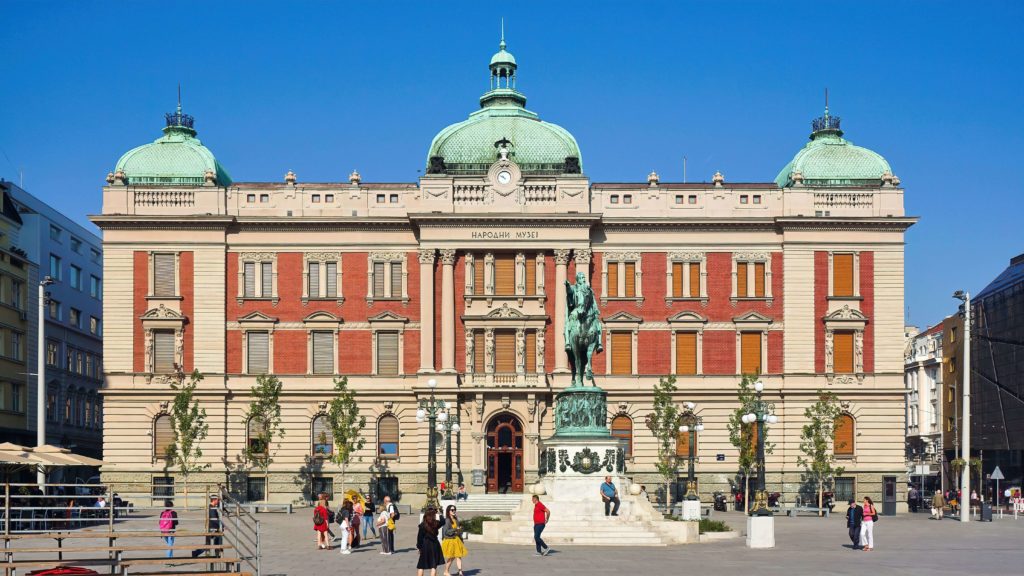
From Greek and Roman artifacts to medieval religious art pieces, all up to the art of the Yugoslav era.
If you want someone to show you the ropes, you can get an English-guided tour at the museum. The National Museum doesn’t work on Mondays and is open on all other days. For information about the tickets and working hours, visit the museum’s website.
St. Sava Temple
The Temple of Saint Sava is one of the largest Orthodox churches in the world. It’s located on the Vračar plateau and made out of gorgeous white marble and granite walls.

The location of the temple is the site where the Ottoman Grand Vizier Sinan Pasha burned the relics of Saint Sava during a Serbian revolution in 1594. The construction began in 1935 and it’s not done yet.
One of the biggest challenges was raising the central dome, which weighs more than 4,000 tons. The dome was completed in 2017, more than 80 years since the construction began.
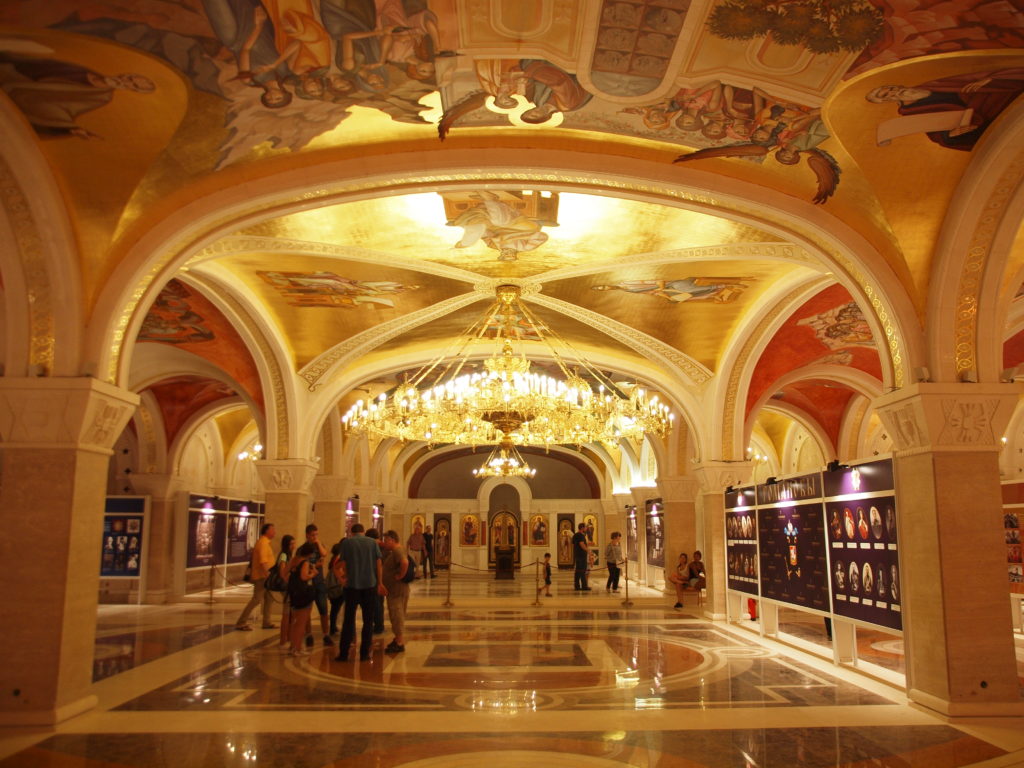
The interior isn’t finished yet, but the temple is open for visits. Seven meters below the ground there’s the burial church, the crypt, and the exhibition area of the treasures of the Serbian Orthodox Church.
Avala Tower
Avala is a mountain located on the outskirts of Belgrade. On top of it, there’s the Avala TV Tower which you can climb and enjoy a spectacular view of the city.
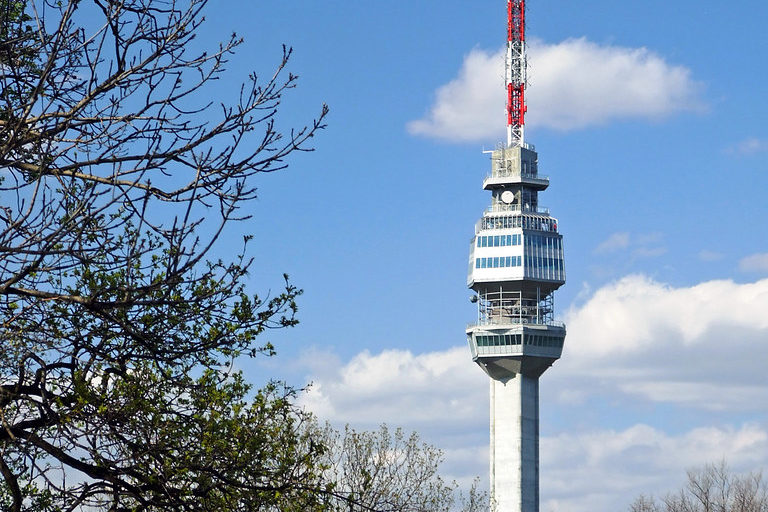
Getting to Avala from Belgrade is fairly easy. If you’re driving there, it’ll take you 30 to 40 minutes to get there from the city center. You can also catch a bus from Voždovac or Banjica. And on weekends, there’s a tourist shuttle that goes from the Nikola Pašić Square. If you’re into hiking, you can also get to some of the places located at the bottom of the mountain, and hike up. Here’s one of the trails.
At the top of the mountain, you’ll find a huge picnic area, the TV Tower, and the Monument to the Unknown Hero.

If you’re not afraid of heights, you should climb up the TV Tower, because the view is magnificent. The ticket is $2, and you’ll find an observation deck on top, as well as a cafe with a gorgeous, panoramic view.
Museum of Yugoslavia
If you’re a history buff who wants to learn more about Yugoslavia and former President Tito, this museum is the perfect place to visit. This museum is a form of a Presidential library that showcases Tito’s artifacts, including gifts, old cameras, propaganda posters, maps, and a lot more.
Next to the museum, there’s a special building named “House of Flowers”, where you’ll find the grave of Tito.
Savamala nightlife
Savamala is the hip neighborhood of Belgrade, where you’ll find many artisan coffee shops, amazing wine bars, and the best clubs. Located right next to the river, Savamala is a very popular destination among locals and tourists on warm summer nights.
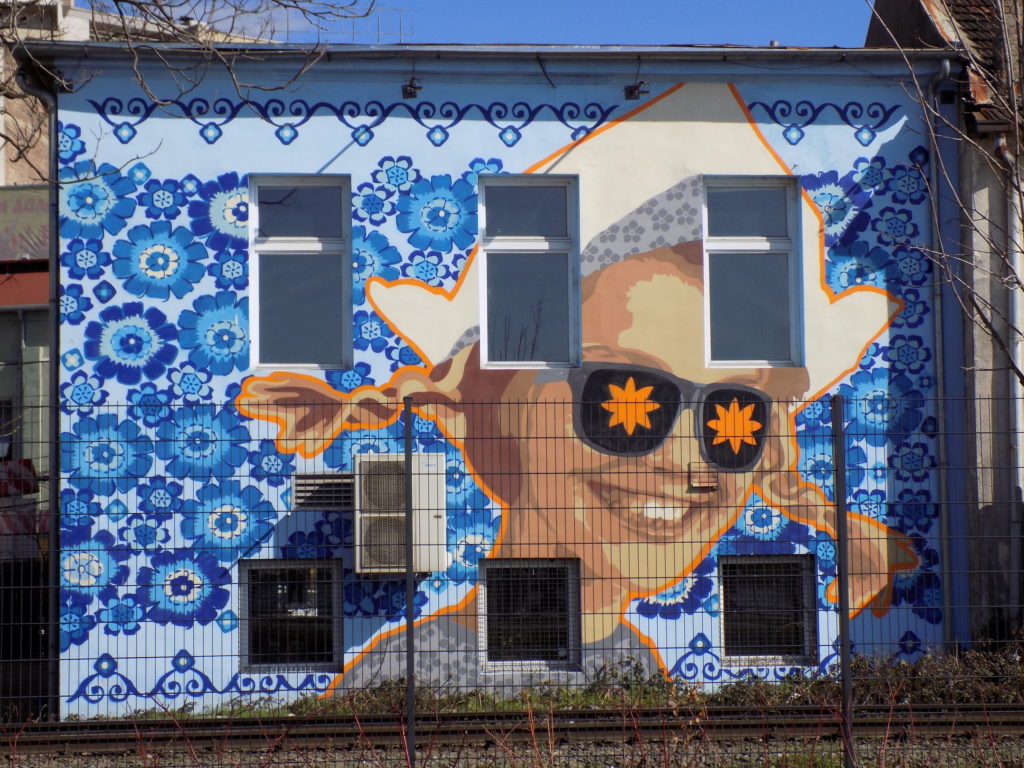
This is a very lively area, a creative hub, with a very dynamic nightlife.
See NATO Bombing Scars
Belgrade has many beautiful sights, but it also has scars from its turbulent history. While dark tourism might not be something you’re into, seeing the scars of the NATO bombing is one of the key things to do if you want to fully understand Belgrade’s history.
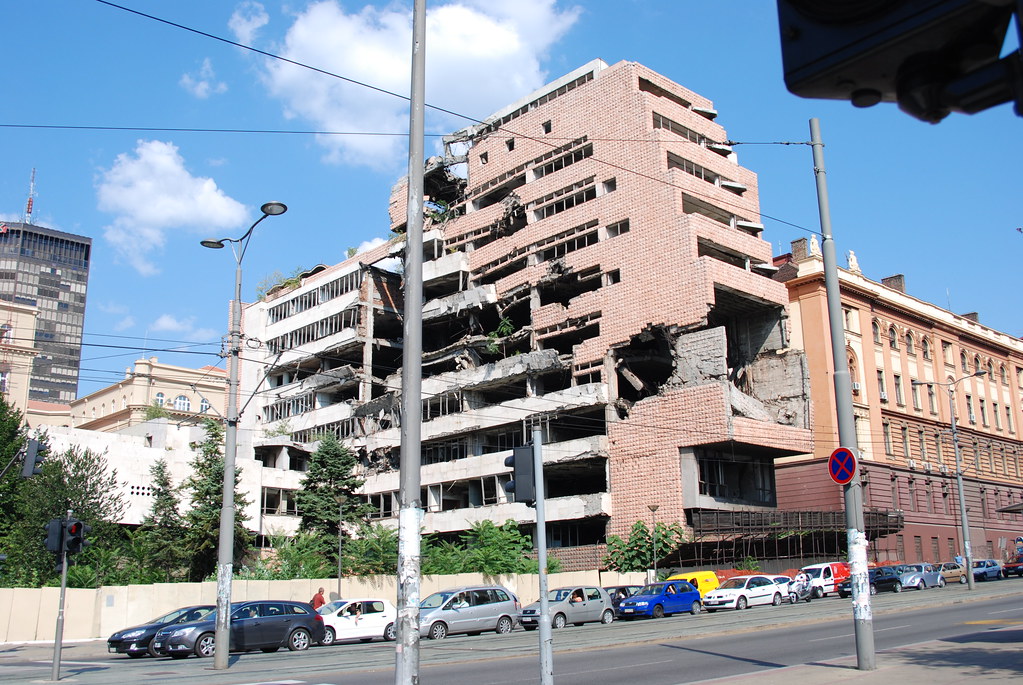
One of the main ruins in the city is the former Yugoslav Army Headquarters, which is located about a 10-15 minute walking distance from the city center. The building was hist several times and today serves as a symbolic location and a reminder of the 90s hardship the country endured.
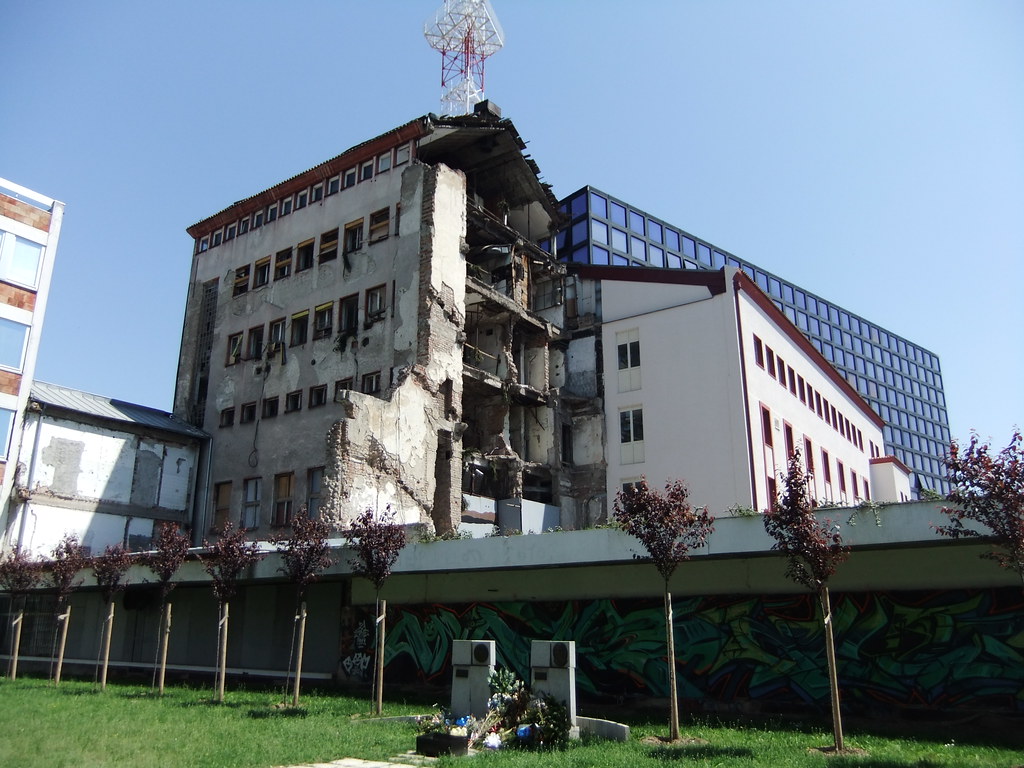
A twenty-minute walk down the same street (from Kneza Milosa to Takovska), you’ll find the building of the Radio Television of Serbia (RTS). Behind the current headquarters is another ruin, the former building that was hit by a NATO missile on the 23rd of April 1999, which killed 16 RTS employees.
Zemun
Zemun, one of Belgrade’s neighborhoods, is probably one of the largest hidden gems of the city. This cozy neighborhood has been my home for the past two years, and holds a special place in my heart!
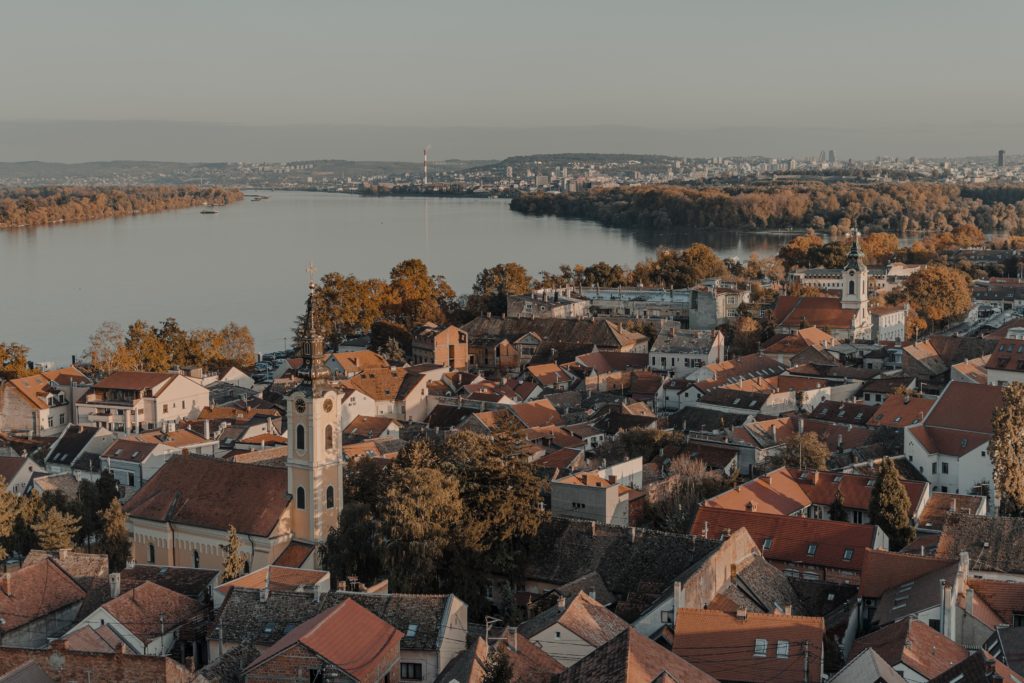
Once you visit Zemun, you’ll have a feeling that it has a very different vibe compared to the rest of Belgrade. The architecture is very different and resembles some other European countries such as Slovenia and Austria.
Historically, Zemun and Belgrade used to be two separate cities, and at certain points in time, they used to belong to different countries. The rivers Sava and Danube were marking the border between Ottoman Empire and the Austro-Hungarian Empire. That means that Belgrade was under the Ottoman rule while Zemun belonged to Austria-Hungary.
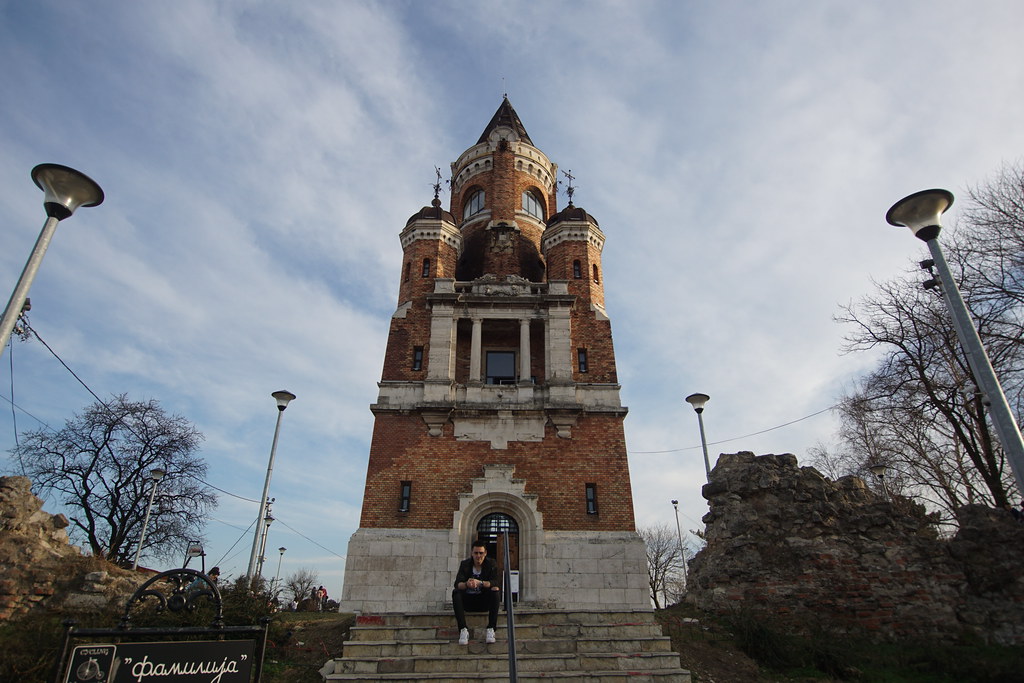
Zemun is a gorgeous spot to visit, with a beautiful riverside, cozy restaurants, and the Gardoš Tower with one of the best views of Belgrade. If you’re visiting Zemun, plan an entire day for it, and make sure to check out our ultimate guide on things to do in Zemun!
Ada Ciganlija
If you’re visiting Belgrade during the summer months, Ada Ciganlija is a must-visit. Ada is a popular swimming area, with beaches, and many activities you can do. From swimming to golf, all the way to bungee jumping – Ada has it all.

Ada Ciganlija is a perfect spot for you to relax on warm summer days.
Around the lake, there are 7 kilometers long (4.4 miles) of walking and biking lanes. You can rent out a bike, go for a jog, or sit in one of the cafes on the coast.
Keep in mind that during the winter, many of the cafes and restaurants don’t work or close earlier.
Things to Do in Belgrade: Many Options to Choose From
This was a list of some of the most popular things to do while staying in Belgrade. With each spot mentioned, you can dig deeper and spend more time exploring them. Whatever you choose, we’re sure you’ll have an amazing time.
Before you leave, make sure to check out our guides for Belgrade Fortress and Zemun!
